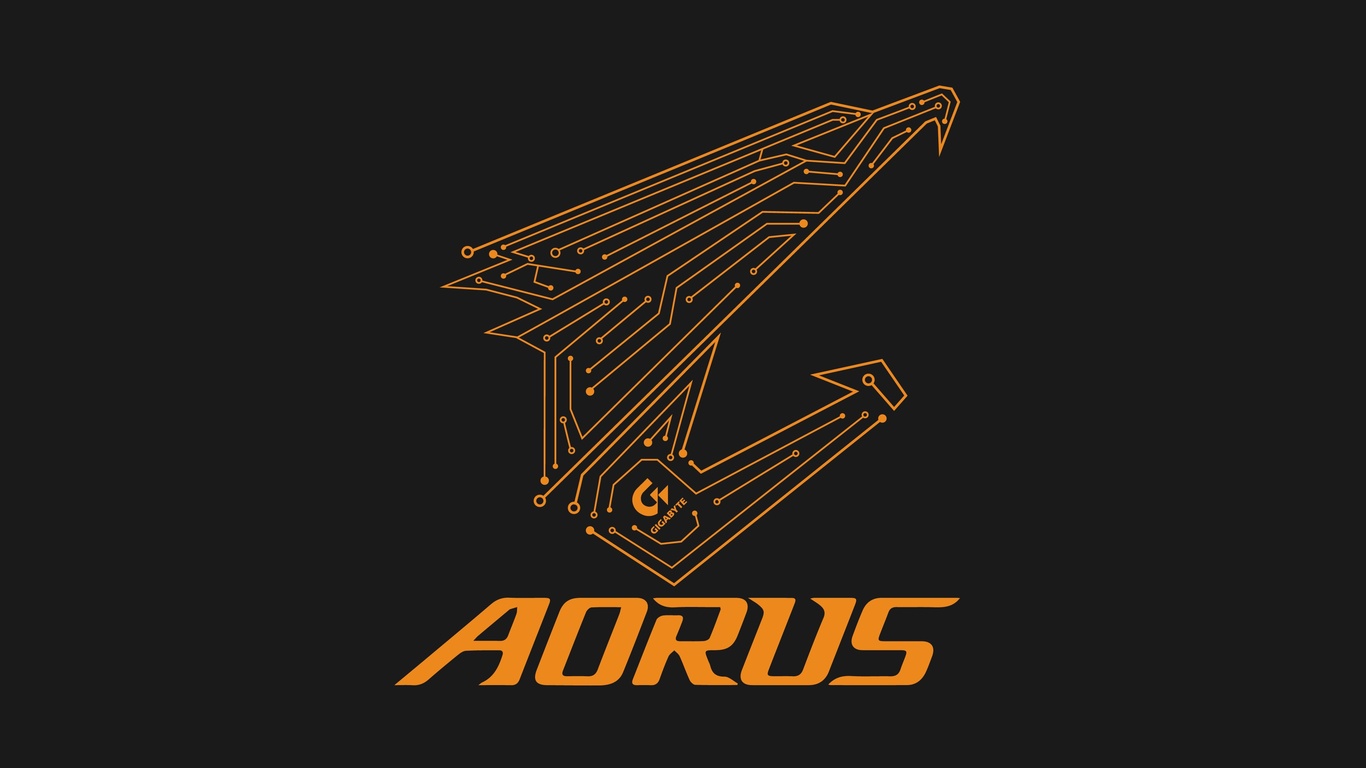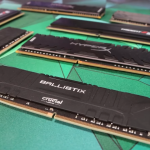SATA 2 vs SATA 3: What are their most significant differences?
Introduction:
In this part of the site, we share with you information about the differences between SATA 2 and SATA 3, in general these two types of interfaces are very common in the world of computer systems. In the rest of this article, we will have information for you, dear users, about important topics such as SATA 2 and SATA 3 compatibility, as well as the difference between their ports and interfaces. SATA 2 and SATA 3 interfaces even have differences in areas like gaming and rendering that are covered in this article, so please stay with us until the end of this article.

Are SATA 2 and SATA 3 compatible with each other?
When upgrading a hard drive or SSD, one of the common concerns of users is the compatibility of these two types of interfaces with each other, but nevertheless, it should be noted that these two popular interfaces are always compatible with each other. For example, you can connect a SATA 3 device to a SATA 2 port on another device, or do the opposite and connect a SATA 2 device to a SATA 3 port. But in such cases, due to the difference in the input ports, usually the speed of data transfer between these two connected devices may be lower or higher than its standard and usual limit. In general, we never recommend this and it is always better for you to use SATA 3 with SATA 3 devices and ports, and for SATA 2 with SATA 2 devices and ports, which are usually outdated.
Such a recommendation and suggestion is because when we use non-native interfaces on different devices, we usually lose the necessary speed or efficiency, and the speed of our information transfer becomes limited and slower in this case. For example, let’s say we want to use a SATA 2 port to transfer data on a device that has a SATA 3 interface by default, in which case, we lose the advantage of the higher speed of the SATA 3 interface. This is a good reason to always pay attention to this issue when buying different devices such as motherboards, SSDs or HDDs, in order to avoid additional costs and have a cost-effective purchase.
What are the differences between SATA 2 and SATA 3 in terms of cables and connectors?
One of the most important differences between SATA 2 and SATA 3 is the type of cables and connectors used in these two interfaces, which can generally be said that SATA 2 cables and connectors are physically similar to SATA 3 cables and connectors. However, overall SATA 3 cables and connectors are generally more resistant to electromagnetic interference due to better build quality.
Another important thing that you should consider when using these two cables is that SATA 3 cables and connectors offer the user better performance and efficiency. Therefore, if you are using a motherboard or storage device that uses SATA 3, it is best to always use the appropriate cable and connector, such as a SATA 3 cable, for optimal performance. Also, if the device you are using is older and you don’t need high speed data transfer, the same cable and SATA 2 connector will be enough for your needs.

Between SATA 2 and SATA 3, which is better for use in SSDs?
We usually use SSD to transfer data in computers or various electronic devices, and standard and common types of SSDs are usually connected to the motherboard of the device with two SATA 3 and SATA 2 interfaces. Therefore, in such a situation, paying attention to the type of primary interface on the motherboard and different SSDs is a very important issue, which users must consider before assembling or upgrading their system.
If your SSD is one of the newer models, you should definitely use the SATA 3 interface for it, but if your motherboard and SSD are from much older models in the market, it is better to use the SATA 2 interface to transfer data between them.This is because existing SSDs with the SATA 3 interface have a maximum data transfer speed of 6 Gbps, and if you connect these common SSDs to older devices with the SATA 2 interface, you will lose the advantage of the higher speed of the SATA 3 interface. In general, in such cases, the final speed of the user’s system is limited to the maximum speed of 3 Gbit/s of the SATA 2 interface.
In conclusion, be sure to pay attention to the points mentioned in this part of the article so that you can make a proper and hassle-free purchase and enjoy your purchase to the fullest. However, in recent years, SATA 3 is commonly used as the default interface for SSDs in most different computer systems, making the choice easier for users.
What are the differences in terms of speed between SATA 2 and SATA 3?
The most important difference between SATA 2 and SATA 3 is the data transfer speed supported by these two types of interfaces, which makes the maximum speed of SATA 2 to be 3 Gbit/s or 300 Mb/s. But on the other hand, the newer type of SATA interface, namely SATA 3, has different conditions, and in its standard type, SATA 3 has a maximum speed of 6 Gb/s or 600 MB/s, which is exactly twice the speed of SATA 2.
This speed difference is usually noticeable in users’ actual performance when using high-speed storage devices such as SSDs, in which case the higher speed of SATA 3 can usually increase processes such as overall system performance, OS booting, rendering, gaming . Therefore, when using these common interfaces, you should use SATA 3 in devices such as SSD and SATA 2 interface in devices such as HDD, where a lower data transfer speed is sufficient.
If you, dear users of the site, are interested in the differences between different computer parts such as the world of RAMs, you can read this article on the most important differences between RAM DDR4 and DDR5 on the site.
In HDD, is SATA 2 or SATA 3 used more?
When using regular hard drives, we don’t need a SATA 3 interface, this is because hard drives usually have low data transfer speeds. Due to these inherent capabilities, in most cases we can use HDDs produced by various companies with SATA 2 interface, but in normal use, if we do this, we will not feel any special lack at all. But in general, due to the compatibility between SATA 2 and SATA 3 interfaces, we can use these two types of interfaces instead of each other in connecting HDD to different computer devices and it will not be a problem.
What are the main differences between SATA 2, SATA 3 and SATA 1?
The most important difference between SATA 1, SATA 2 and SATA 3 is the different data transfer speed of these interfaces, which can be summarized as saying that all three of these interfaces are different generations of ATA interfaces. As the oldest member of this group, SATA 1 has a maximum speed of 1.5 Gbps, but the other 2 interfaces, namely SATA 2 and SATA 3 interfaces, also have a maximum speed of 3 and 6 Gbps respectively.
In terms of compatibility, these three types of interfaces are compatible with each other, but still, due to the inherent limitations of these types of interfaces, if used interchangeably, there will certainly be a limit to the data transfer rate. In general, in today’s world, SATA 1 is completely obsolete and no longer practical, and unlike the other two SATA interfaces, SATA 1 is not suitable for today’s modern use due to its low data transfer speed.
If you, dear site users, are more interested in different computer interfaces and ports, you can read this article on the most important differences between USB 2 and USB 3 on the site.

What is the difference between SATA 2 and SATA 3 in gaming?
In processes like gaming, the difference between SATA 2 and SATA 3 may not always be noticeable, but in general, we can say that these differences may depend more on the type of games we use. For example, in one game, using SATA 3 may make the game load much faster, but in another game, the difference may be much less than expected.
In general, the use of SSD instead of HDD will have a better effect in the game, but we should not forget that in gaming, having a strong and faster GPU, CPU and RAM is always more important than the SATA interface. However, it is generally recommended that if you are professionally involved in operations such as gaming on your PC, you should at least use an SSD with a SATA 3 interface. But finally, if you have more budget and your motherboard supports it, go for the new generation of NVMe SSDs with higher speed and increase the speed of your computer system significantly.
Conclusion:
We hope that reading this article has been useful for you, dear site users, and that you have been able to learn more about the differences between SATA 2 and SATA 3 than ever before. In general, as you can see in the text of the article above, there are relatively large differences between the types of SATA 2 and SATA 3 interfaces, which should be considered by you. One of these differences is the speed difference between these two interfaces, but if you have any other questions about the difference between these two common interfaces, please share them with us in the comments section of this article.
Related Posts:
1- What are the key differences between AMOLED and TFT displays?
2- What applications does AMD FSR technology have in the gaming world?
3- What are the key differences between IPS and TN panels?
4- What are the differences between GDDR and HBM graphic memory?
5- What is Dual-Channel RAM Memory and Why Does it Matter?
6- Everything You Need to Know About the Best Mobile Screen Size?
7- What are the applications of anti-ghosting technology in keyboards?
8- What is Dual-Channel RAM Memory and Why Does it Matter?
9- What are the applications of anti-ghosting technology in keyboards?
10- What applications does AMD FSR technology have in the gaming world?

hardwaredifference.com is a blog that tries to share the differences between different hardware in simple language for users interested in the hardware world. We put articles on the site for dear users in various hardware fields, including PC, gaming, consoles, laptops, mobiles, etc . We hope you spend helpful moments on our blog.




